14 Broccoli Growing Problems and How to Prevent Them
When I talk to new gardeners about what they want to grow in their gardens, broccoli is usually not far behind tomatoes, peppers, and cucumbers. But growing broccoli isn’t without its problems.
Broccoli is a beautiful plant, and we can’t resist the thought of cutting a fresh head to roast, steam, use in salads, or freeze for later. But broccoli would never make my list of “easiest vegetables.” In fact, I can tell you that I’m pretty much an expert in what not to do.
If you’re planning on growing broccoli for the first time, or you’ve tried in the past and failed (like I have…multiple times), then learn from my mistakes and learn what can go wrong with broccoli. That way, perhaps you will skip the learning curve I spent way too many years on before I started seeing success — finally! — with this delicious veggie.
You can listen on this podcast episode below, or continue reading.
Climate is cruicial
I live in a zone 7b gardening climate, which really doesn’t mean anything when it comes to an annual vegetable like broccoli, but what it does tell you is that I’m in a warmer zone than many. We go from winter to summer with barely a wink of spring in between. Because of this quick rise in temperatures, growing cool-season crops like broccoli in the spring is more challenging for me.
Fall presents similar issues, though I’ve found it easier to grow broccoli in my fall garden. Mature broccoli plants are fairly cold-hardy, enduring temperatures in the 20s at night as long as the daytime temperatures rise above freezing. Still, because broccoli suffers when temperatures dip to the low 20s, even my fall broccoli crop is on the clock for a harvest. Coupled with decreasing daylight and slower growth, getting the broccoli to head up before deep cold sets in can pose a challenge in the fall, too.
If you garden somewhere with more moderate spring and fall weather, where temperatures rise into spring slowly and cool off at the same leisurely pace, you most likely won’t have as many climate-centered issues as I do.
But here’s the bottom line: broccoli doesn’t like heat and it doesn’t like extreme cold. Knowing this is the first step in growing successfully.
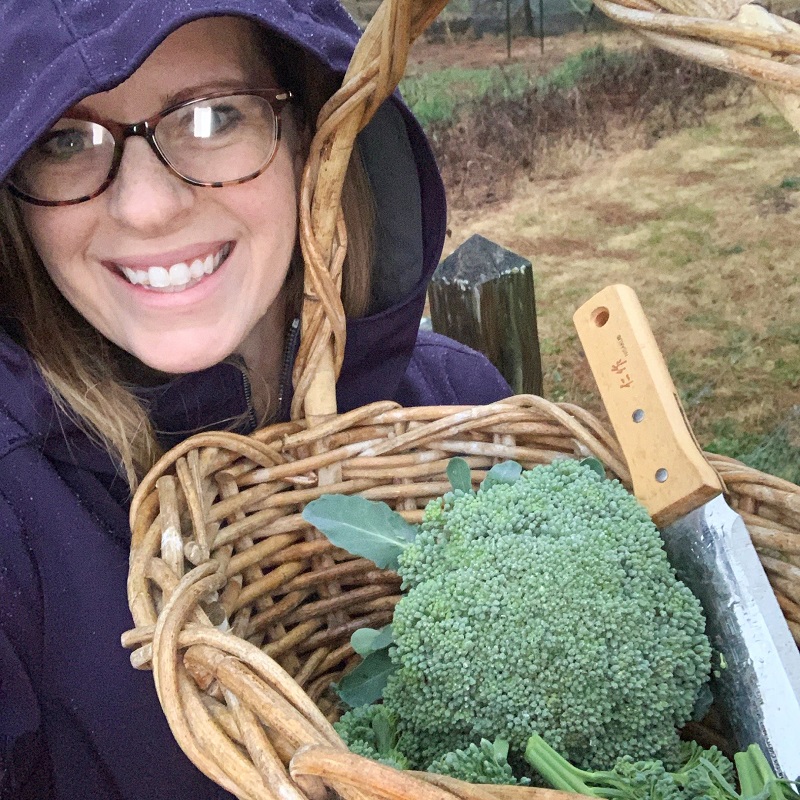
Seed starting mistakes
But let’s start at the beginning — growing broccoli from seed and what can go wrong there. Because broccoli is a long-season brassica and can be a little finicky with the climate, it’s best to start your seeds indoors.
Don’t start your seeds too late
This is an extremely common problem among gardeners. Broccoli, as a cool-weather crop, is not started at the same time as warm-weather crops like tomatoes. If you are wanting to grow a spring crop of broccoli, you need to start sowing the seeds inside in late winter.
For me, those seeds need to be started about 10 weeks before my average last frost date to be transplanted into the garden about 4 weeks before the average last frost date. Again, if you live with a more moderate entry into spring, you have a bit of fudge room here, but in my climate, timing is everything.
Don’t start too many seeds in one cell
Another common issue among gardeners is that they sow too many seeds in one cell. When this happens, your seeds will start to grow up, very high, and look spindly. These are competing with one another and won’t be healthy.
It’s best to start 2 seeds per cell at a maximum. If you accidentally do get a little heavy-handed with the seeds, just cut them for sprouts and throw them in your next salad. Nothing wasted.
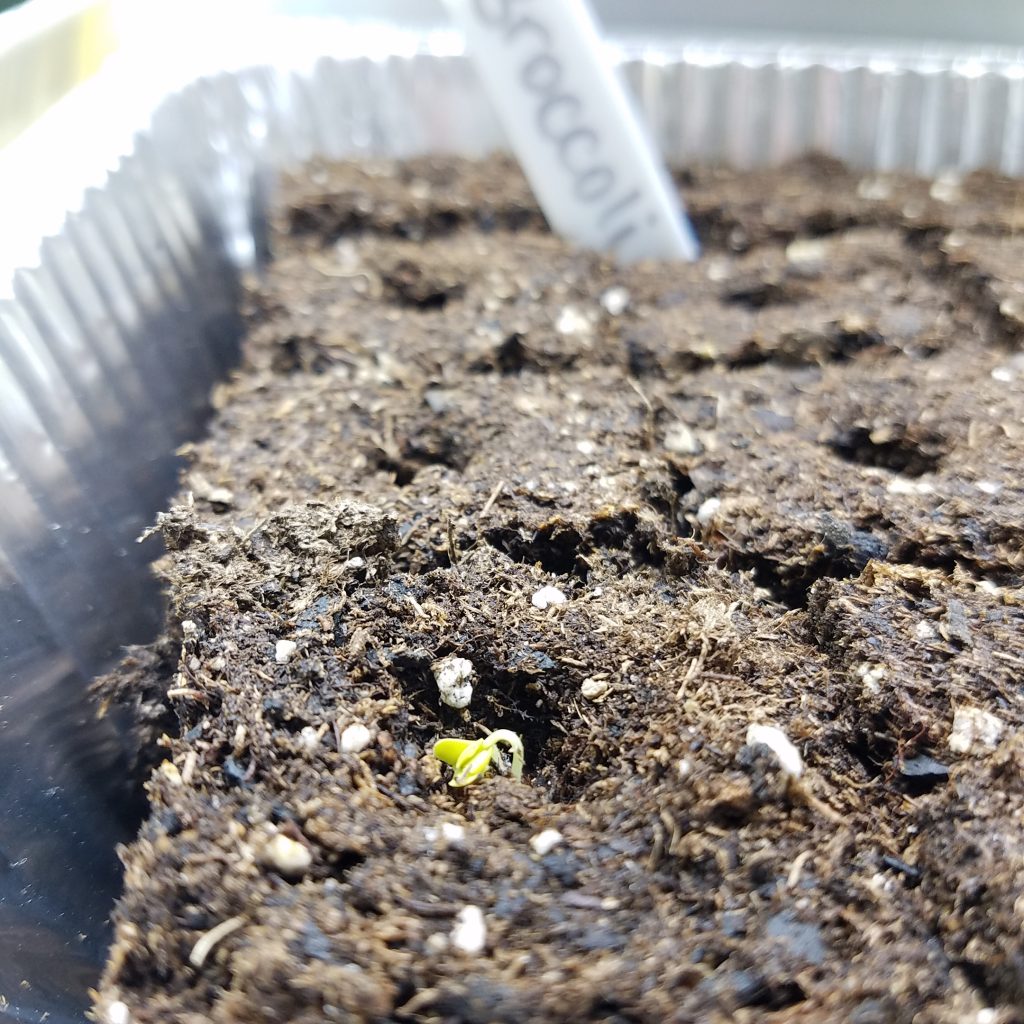
The grow light isn’t optional
If you find that you sowed seeds at the optimal time, you didn’t overseed, and yet you still have spindly looking plants, I’m going to ask you, “Where’s your grow light?” Having a grow light is a MUST for seed-starting in general and especially broccoli. A sunny window isn’t going to cut it.
Also, the grow light needs to be fairly close, within 3 to 6 inches of your light. The goal for these plants is to be short and stocky. When you see your plants growing tall, it means they are reaching for the light and it’s too far away.
Another less-known issue with starting cool-weather crops inside is temperature. Remember, broccoli likes it cool. So skip the seedling heat mat. If your grow room is too warm, this could cause leggy seedlings as well.
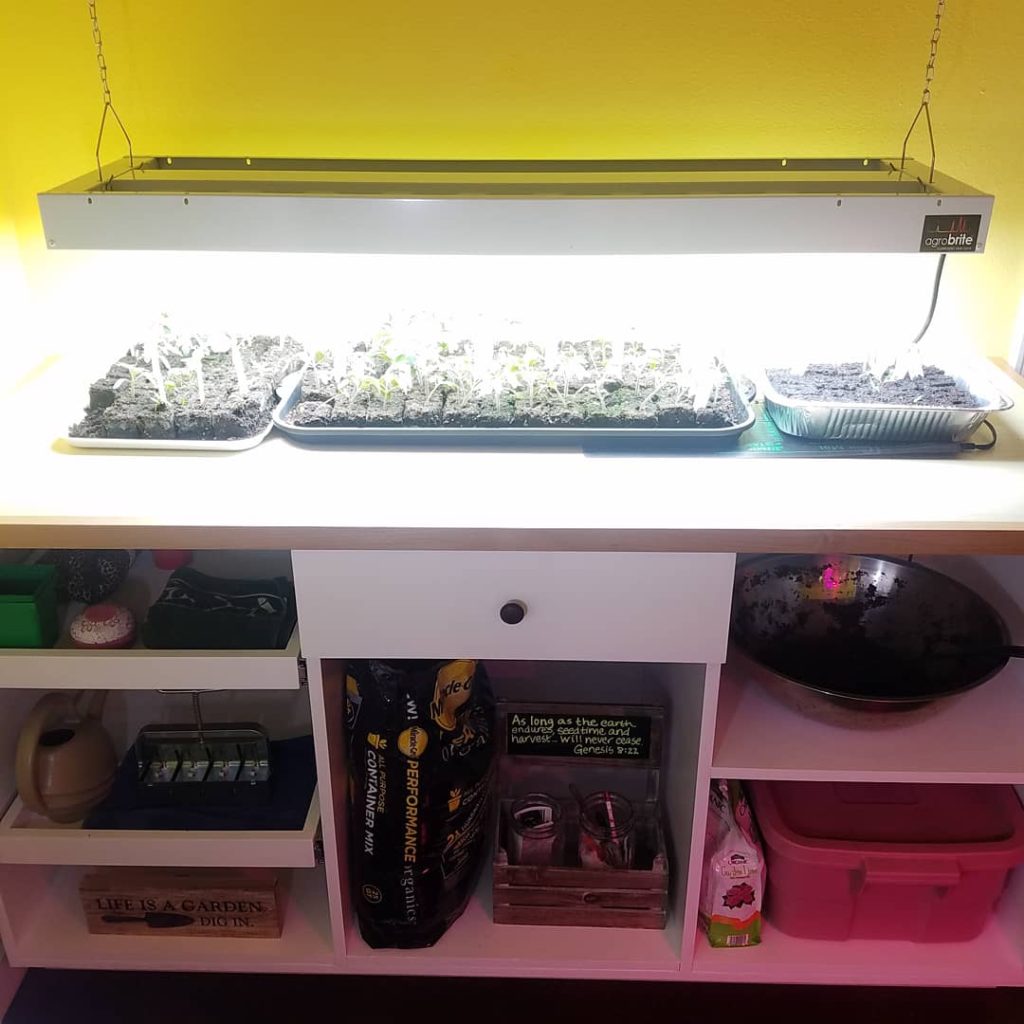
Transplanting Mistakes
Your seedlings (whether you started them indoors or bought them from your local nursery) are 4 to 6 inches tall. It’s time to transplant them into the garden, get them secure and off to a good start. Mistakes can be made in this step and I hope mine will help you avoid yours!
Don’t let your plant grow too long in too small a space
This is a mistake I’ve made more than once. I grow my broccoli in the fall, and to avoid the summer heat, I’ve left my seedlings to grow far too long inside my soil blocks. This led to tall, weak, and spindly crops. What I should have done is pot them up into a larger container if the garden conditions weren’t right for them yet.
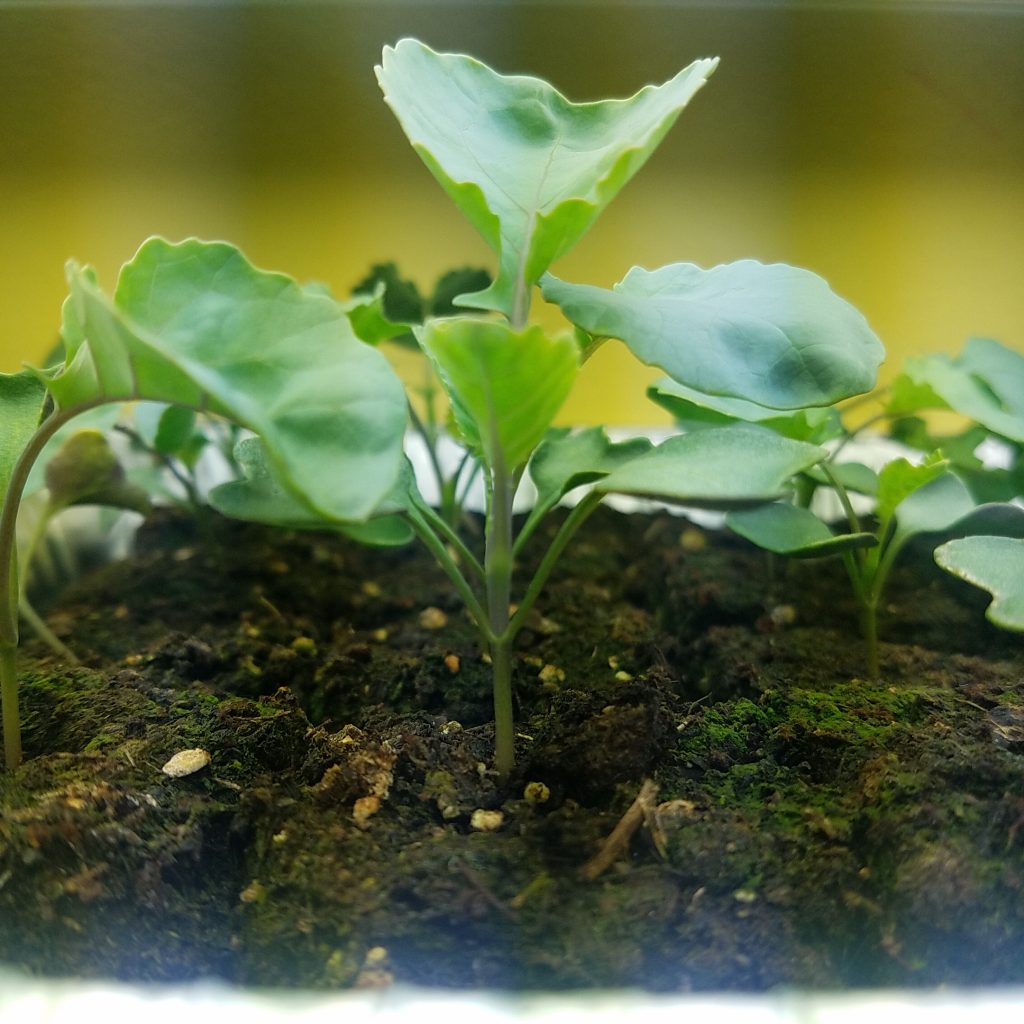
Get them into your garden sooner rather than later
For spring planting, if you wait until your temps are consistently in the 70’s, then you’ve waited too long to transplant broccoli. Again, broccoli is a cool-season crop and it’s ok to transplant them when the temps are cooler and no hard freeze is coming. Yes, broccoli is cold-tolerant and can take freezing temperatures, but I don’t recommend transplanting when a cold snap is on the horizon. Wait for a string of milder days so the seedlings can get established; then, they should sail through any late winter cold snaps.
If this isn’t an option for you, try a floating row cover to create a bit of a warmer environment until they are established, or move your transplants into a greenhouse until the weather evens out to a more mild temperature. You can also use floating row covers in the late fall to protect mature plants from cold snaps as they are heading up.
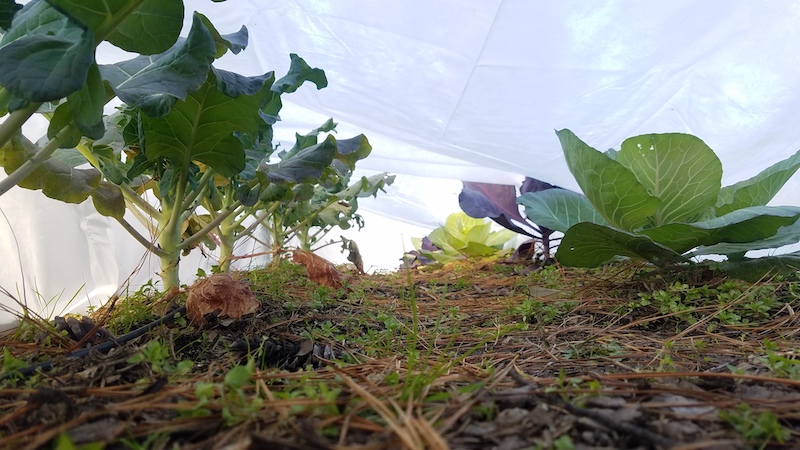
Don’t forget to harden off your seedlings
Spring or fall, you do need to baby your plants ahead of transplanting and make sure they are hardened off. This is perhaps even more important for a fall planting, as summer temperatures can still be extreme when it’s time to plant in the fall. (I try to get my transplants into my fall garden about 2 months before my average first frost.)
Try to avoid planting in the shade
It’s true that many cool-season crops can grow well in (and even prefer) shade. Broccoli isn’t one of these! Broccoli needs full sun. Try your best to avoid the shade when transplanting these crops. The only exception is when transplanting in the late summer. Shade cloth is a handy item to help get young broccoli transplants through the heat until milder fall temperatures arrive.
Don’t plant too close together
Broccoli plants can get very large. It is tempting when planting those tiny transplants to plant them closer together but they need around 18 inches of space between them to grow adequately. I even stagger my plants between rows to help them get that optimal space.

Mulch, Mulch, Mulch
Broccoli needs water and even soil temperature to survive and thrive. Keeping a layer of mulch down helps regulate that moisture and soil temp to buy you some time in the later part of your season to keep your broccoli from bolting (more on that below).
Don’t forget the rabbits!
I’ve cried once in my garden. I sowed my broccoli seeds indoors, transplanted them into the ground, nurtured them delicately, and watched them grow. Then one day, I walked into my garden and all that was left were nubs where beautiful broccoli had been. This was devastating! Overnight, rabbits had breached my fence and ate all of my new broccoli seedlings.
Don’t forget to build some kind of barrier around your garden and especially young broccoli. Once they mature, it’s not as much a problem, but for young plants, rabbits can be a nemesis! They are certainly mine. Protect your seedlings!

Problems in Growing Broccoli
You survived the seeds, you’ve transplanted the delicate plants and now you’re ready to grow! What can go wrong? Well, a few things, unfortunately.
Pests are a problem.
Cabbage worms are the most common problem for broccoli plants, as well as the yellow-striped armyworms. A tell-tell sign that you have these is when you see little holes eaten out of your broccoli plants. If you search further, you’re likely to find an army of little worms.

I’ve battled these pests every season. The easiest thing to do is to cover them with floating row covers, but you have to be careful if you’re weather gets too warm because it will trap too much heat. And if you’re planting in the fall, I’d avoid the floating row covers altogether, at least until cold sets in.
Instead, covering the plants with breathable netting or tulle is a great preventative for keeping the moth away that lays the eggs for the worms.
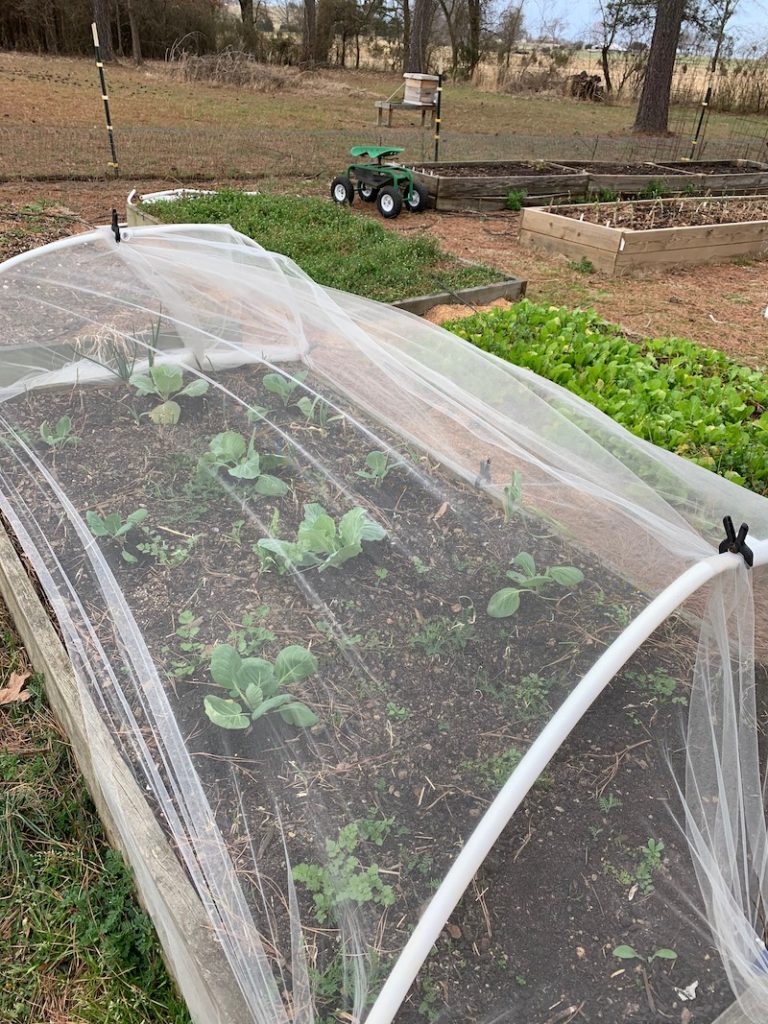
If you find it’s too late and you’ve already been invaded, the organic insecticide, Bt is great to kill them very quickly. You may need a couple of applications. (Here is more on how to prevent and treat cabbage worms.)
Bolting Broccoli (can it be stopped?)
In the natural life-cycle of broccoli, the head will form flowers that will go on to form seeds to reproduce. This is what broccoli is designed to do. However, when you’re trying to harvest those heads and they start to split and form beautiful flowers, this can be maddening, as nothing can stop it.
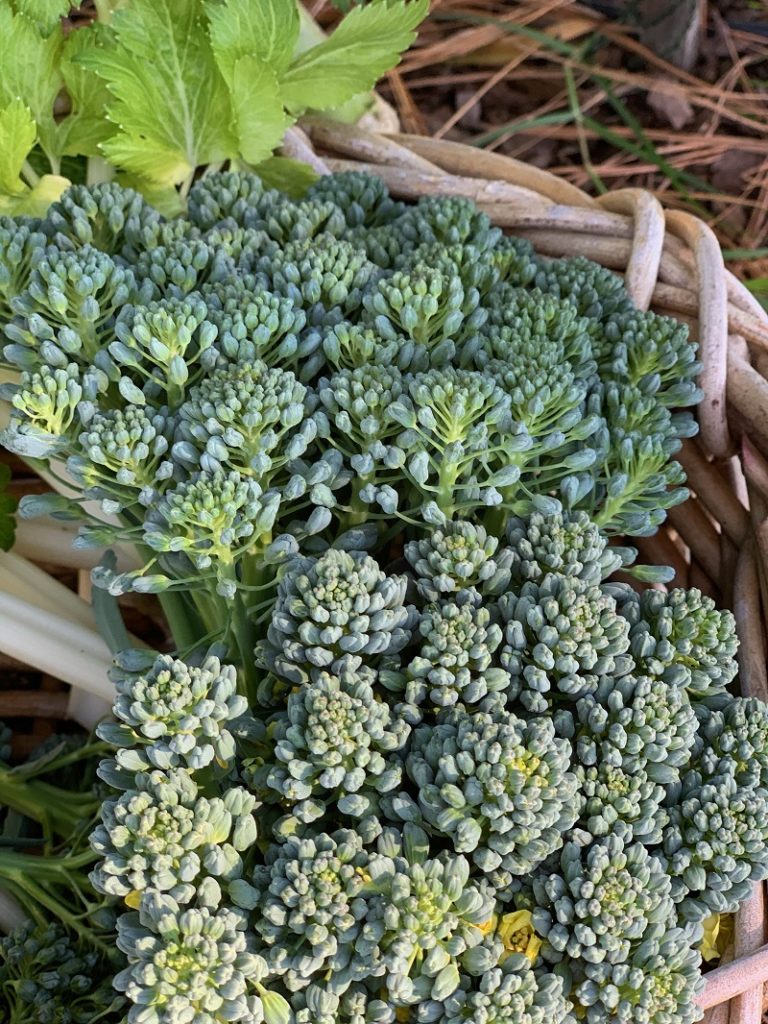
The heat is what causes this plant to bolt. When your temperatures reach around 80 degrees (and subsequently, the soil temperature rises), the tight head starts to separate. When you see this, you have to harvest! Even if you feel like it’s too soon, harvest. You can’t slow this process down and if you wait, you will lose even those small heads. This is irreversible — you can’t stop it once broccoli starts to bolt.
Because of this, I don’t grow spring broccoli anymore. It’s my personal decision and maybe you’ll benefit from it as well, but I’ve learned that planting in the fall to go towards the cooler winter is what’s best for me to get a good harvest.
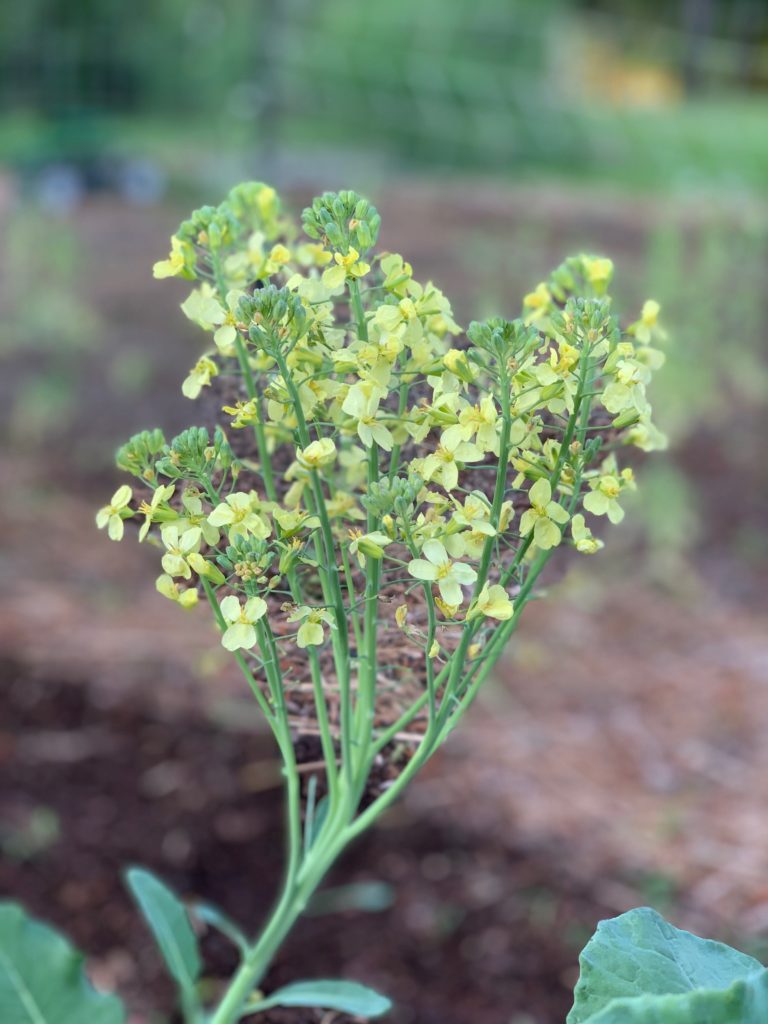
Broccoli heads aren’t forming
If your broccoli plants don’t have any heads form at all, and you planted in the fall, this is most likely also due to the heat. I personally have not had much experience with this, but I will say that when our fall is unusually hot, my broccoli heads do not start forming until later. There’s not much that can be done about this (although a shade cloth did help).
Feed your broccoli.
Another cause of an absence of heads, or even slow growth in the plants, could be lack of adequate nutrition.
Broccoli is very heavy feeding and thrives on nitrogen. Nitrogen is available in the soil to plants more in the spring and summer, so when you are planting that fall crop, make sure you have fed your soil with organic matter, compost, or slow-release fertilizers in advance of planting.
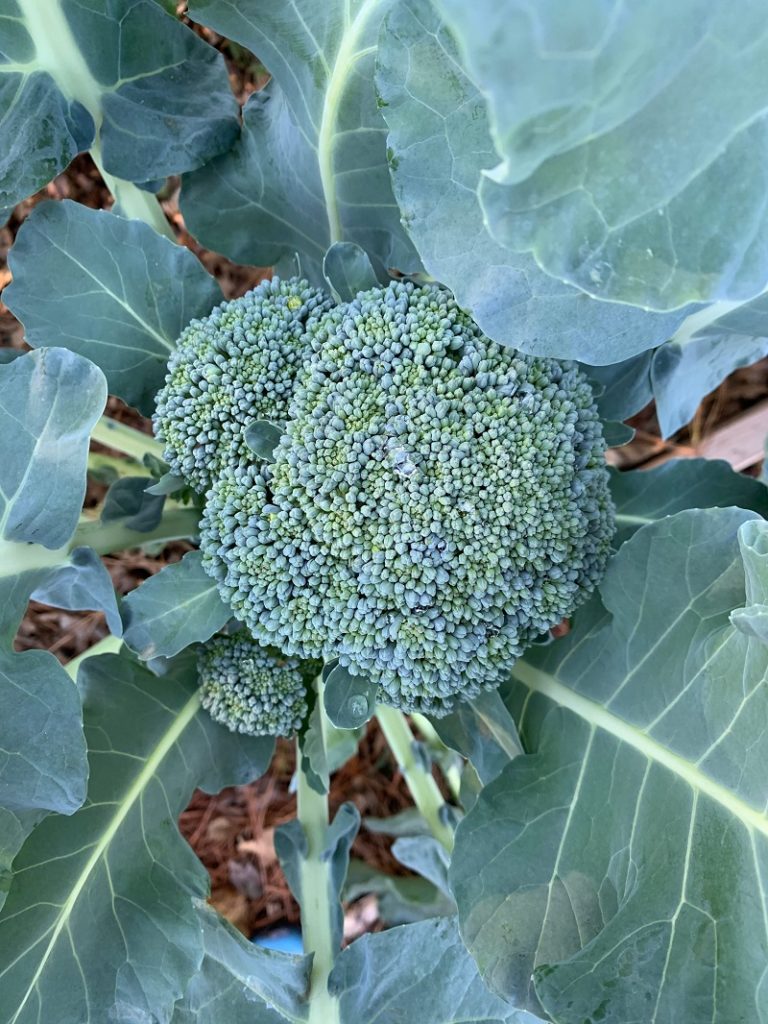
Hopefully you grow broccoli just brilliantly in your garden and don’t need to troubleshoot. However, for the other 90% of us, we hope that you learn from our mistakes and are able to prevent some avoidable issues when it comes to growing broccoli.
Do you get overwhelmed with garden planning?

Subscribe here for my best tips to plan your garden in just 7 days -- all for FREE.
Plus, I'll send you my "In the Garden E-mail" on Fridays, periodic updates on garden resources relevant to you, and you'll receive access to my entire bank of free garden downloads!
You are also agreeing to our privacy policy.

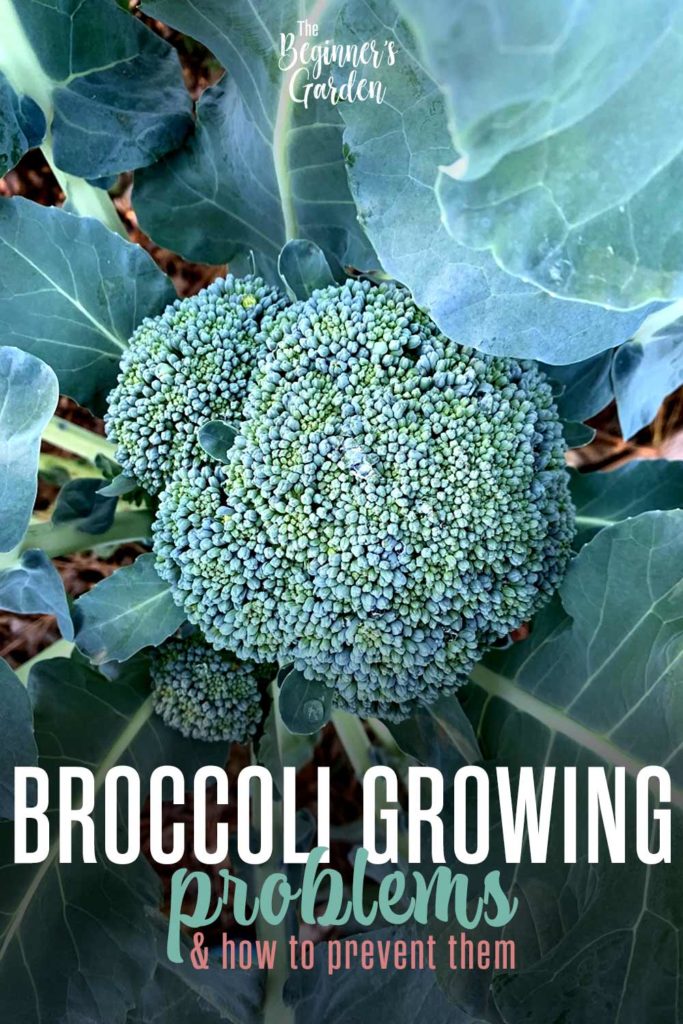
Thank you for this. It is very helpful and hopefully will allow me to have success this year. I have tried to grow broccoli numerous times over the years. Battling temperatures, wildlife that would pull them right out of the soli and lack of nutrition. Last year I successfully grew one plant to produce but the others didn’t even form heads. Probably because it was too hot early on. Anyway, this was great. Thank you!
Now I only wish you had some advice for cauliflower of which I have had no success at all!
Glad this helped, Victoria! I haven’t grown cauliflower, but from what I’ve heard it’s just as fussy as broccoli, if not more so. I bet if you’re able to continue having more success with broccoli, you can use the same methods with cauliflower.
So my wife and I panted a broccoli plant 2 years ago and just the stem grew. And now it is growing a head of broccoli and its taken 2 years.
That’s so interesting. I’ve never heard of that happening!
My broccoli plant is growing like a vine, with multiple stalks approximately 2′ high & heads starting on each stalk. Is there anything i can do? trim them, try transplanting the individual stalks?
That sounds like a different kind of broccoli plant. Maybe sprouting broccoli or chinese broccoli? I’m not sure. I probably would harvest the heads as you can to eat; they may not get large depending on the kind. I don’t think you can transplant individual stalks like you could tomatoes.
Why are my broccoli crowns yellow (not flowering)
I’m not sure about that. Could be a soil deficiency but I’ve never had that experience to know for sure.